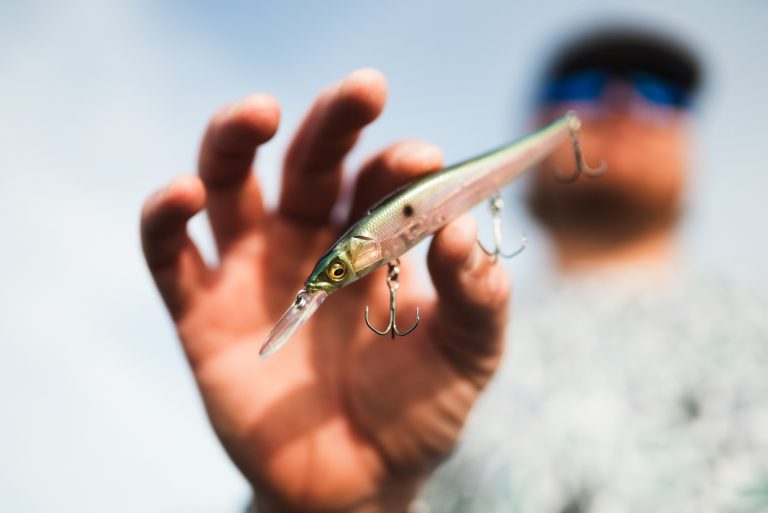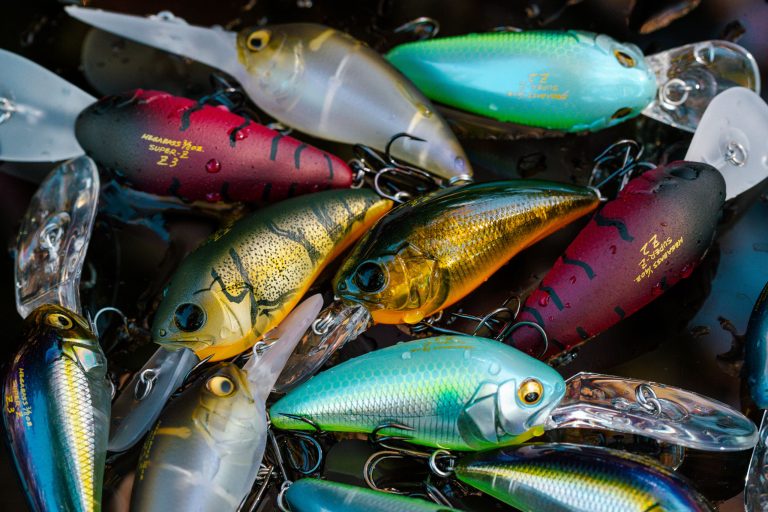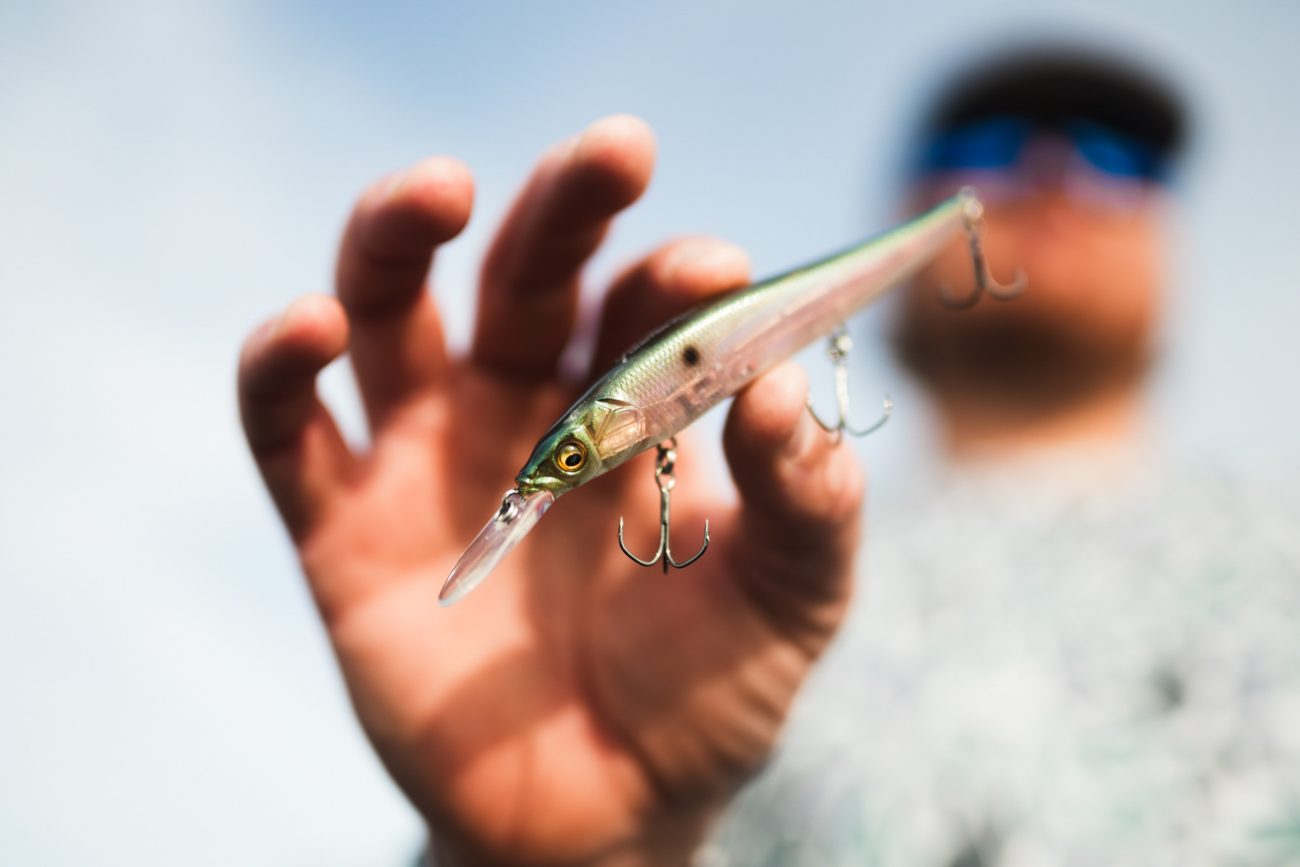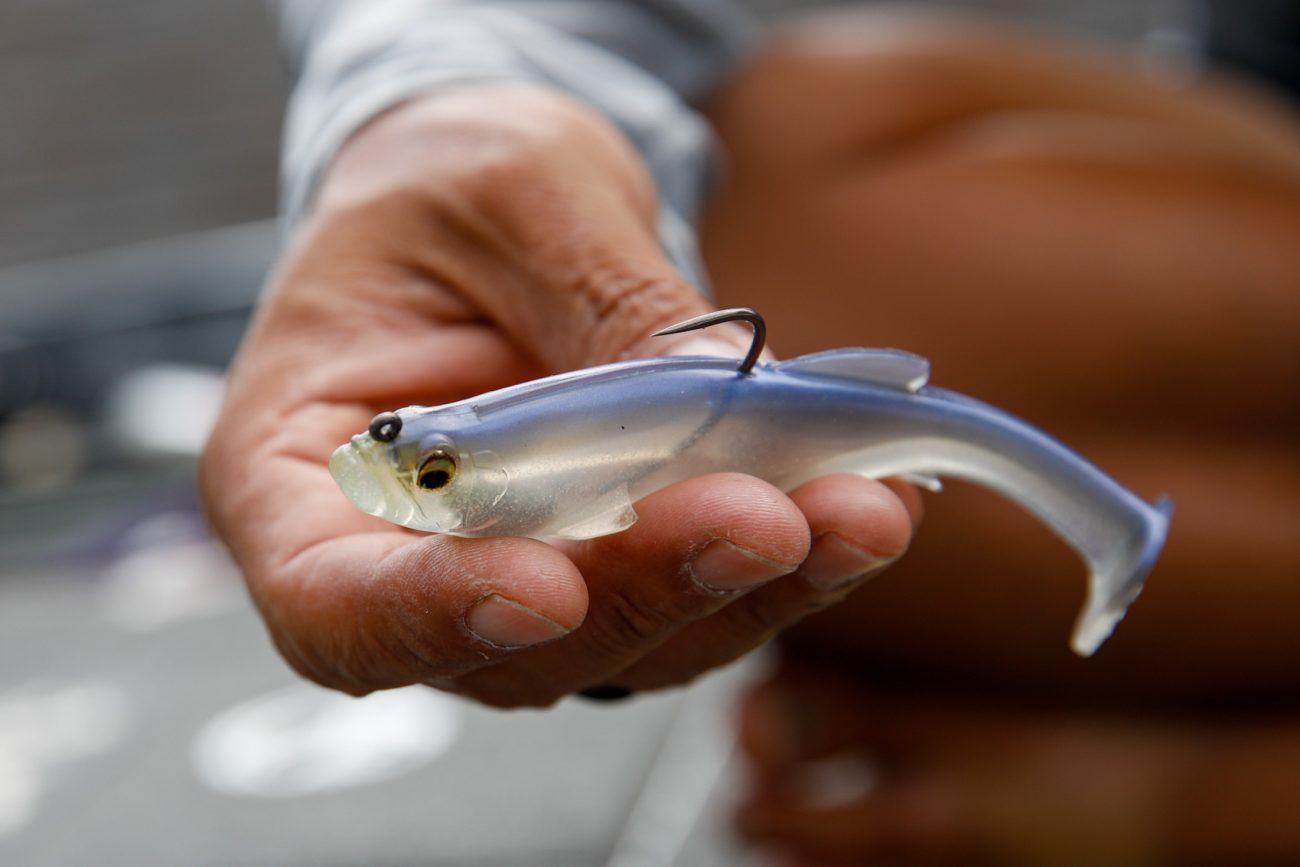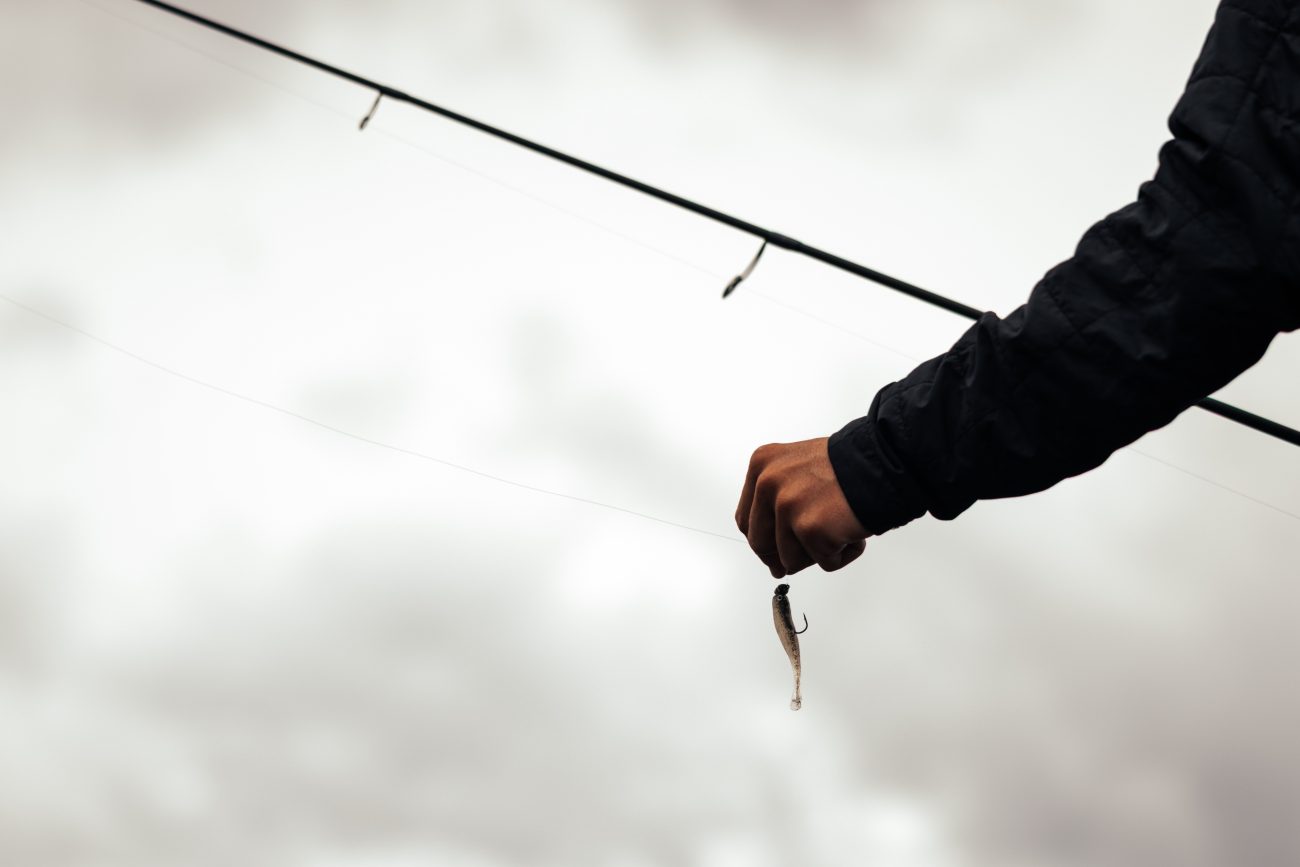Undoubtedly, one of the most discussed aspects of glide bait fishing is the tendency of bass to follow the lure without striking. Though frustrating to many, this has been harnessed by touring pros to draw fish from cover to efficiently locate larger fish to mark for the tournament. However, in this post we’re going to focus on how to convert followers into feeders.
Glide baits, like many other lures, provoke feeding instincts of bass through two primary elements: physical appearance and action. With this in mind, success in glide bait fishing can often be attributed to two main factors:
- Weather and Water Conditions
- Size of Bass and Forage
Weather and Water
Conditions that dull bass’ visual acuity often create bite windows, as bass have one less tool to rely on to evaluate whether the lure is a true meal or imitation. Wind plays a critical role, disturbing the surface of the water to scatter sunlight and reduce light penetration. In conjunction with wind, low light conditions are beneficial, with heavy cloud cover ideal for diminished visibility. Additionally, favorable water clarity and temperature contribute to successful fishing sessions. Ideally, water temperatures should range between 60 and 75 degrees Fahrenheit, with water visibility between 3 and 6 feet. The closer these conditions align with the ideal ranges, the higher the likelihood of enticing bass to strike the glide.
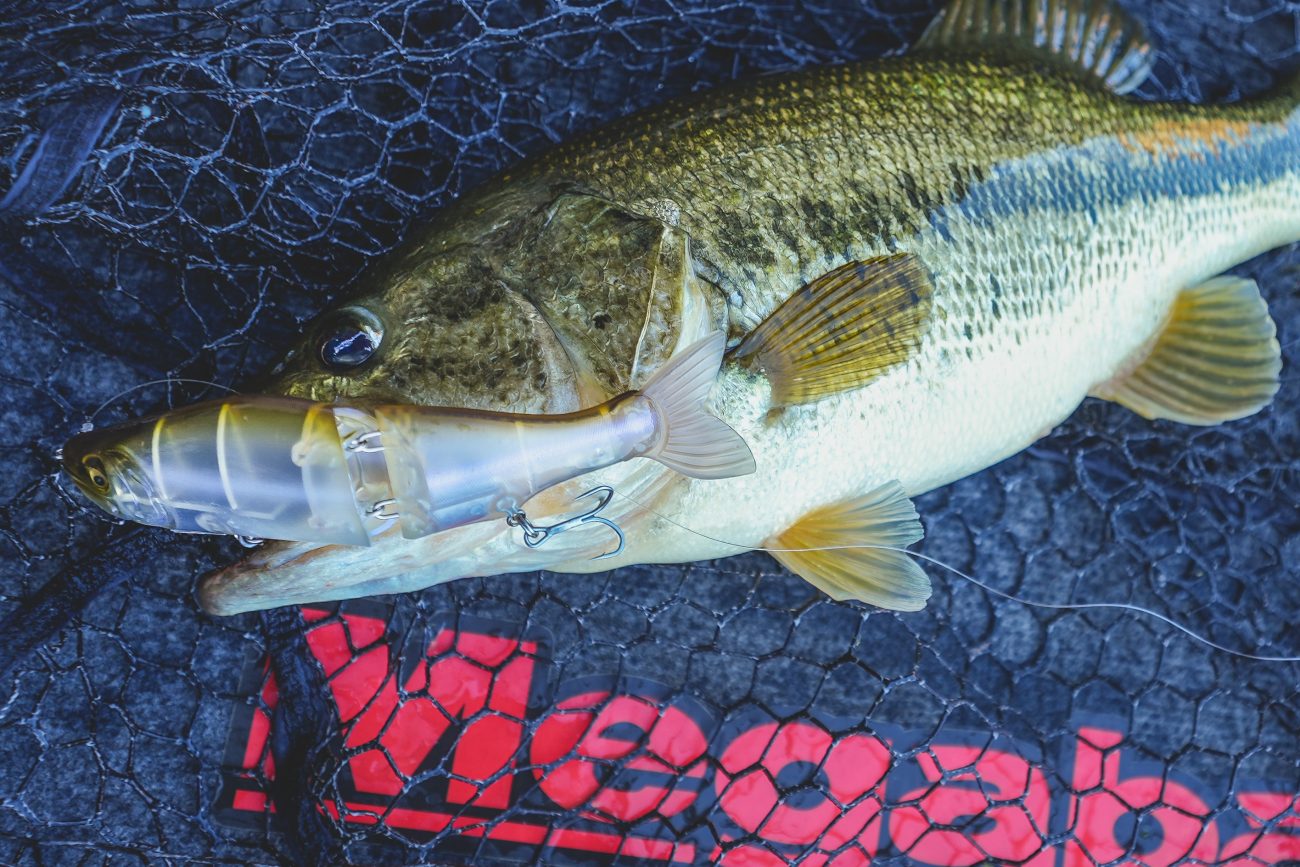
Bass and Forage Size
When selecting a glide size, it is important to note the predominant size of bass in the body of water that you are targeting. In most cases a bait size of around 6-7 inches, such as the i-SLIDE 187R is a great place to start and can produce more bites than larger offerings. Big glide baits (9+ inches) are best suited for lakes that are known to have a predominant bass population of 5+lb fish. Yes, larger baits will often produce bigger fish on average, but you may catch less of them.
Matching glide profile to the size of the forage in the waters you are fishing (specifically what the bass are feeding on) will often produce the best results. Also, opting for colors that will generally mimic a wide array of baitfish species, such as the Bonbori Pro Blue, will open you up to fish that may be feeding on more than just one type of forage.
Tackle and Technique
Tackle selection is critical for casting heavy glide baits while retaining the ability to impart subtle rod cadence. The DESTROYER P5 F7-76 MARK-56 offers an ideal balance of power and dexterity to cast and manipulate baits, while keeping fish pinned during vicious fights. If more power is needed, the OROCHI XX F10-80XX offers the necessary force and length for efficiently casting larger glides, without overpowering the angler. Line pairings are dependent on the bait and depth being fished, but many anglers reach for 20-25lb fluorocarbon. If more stretch and/or a shallower zone is being targeted, switching to a copolymer or monofilament line can offer better performance. When using braided line, a short fluorocarbon or monofilament leader offers both shock resistance, as well as a stiffer profile to keep the line from fouling on the bait’s sticky sharp hooks.
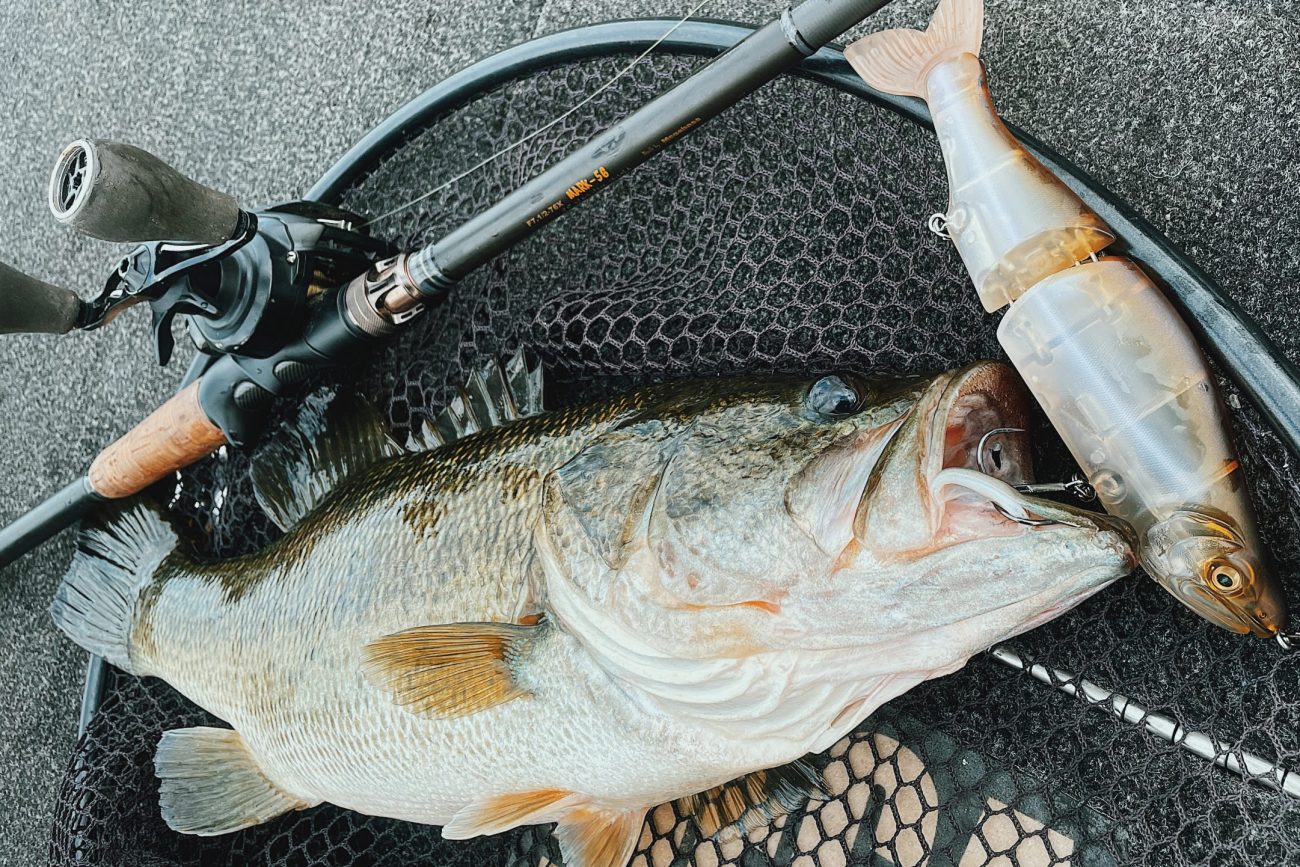
When it comes to retrieves, a steady left/right glide, whether imparted by sharp ¼ or 1/3 reel handle turns or rod work, outperforms a simple straight retrieve. Additionally, increasing the speed of your cadence for a short burst when a bass is following can trigger a strike by prompting an instinctual predatory response.
Productive glide bait fishing spots typically include areas close to or over deeper water, where bass can approach the lure vertically. Main and secondary points, bluff banks, deeper grass beds, and submerged or standing timber are key structures to target, as they often harbor larger bass. Glide baits can also be deadly around docks and manmade structure, drawing trophies from the shade of poles, boat lifts and platforms.
A final note before you hit the water: committing to glide bait fishing requires a mental shift and unwavering dedication. Accepting the possibility of only a few bites throughout the day is part of the struggle, but the reward is the potential to land the biggest bass of your life!

